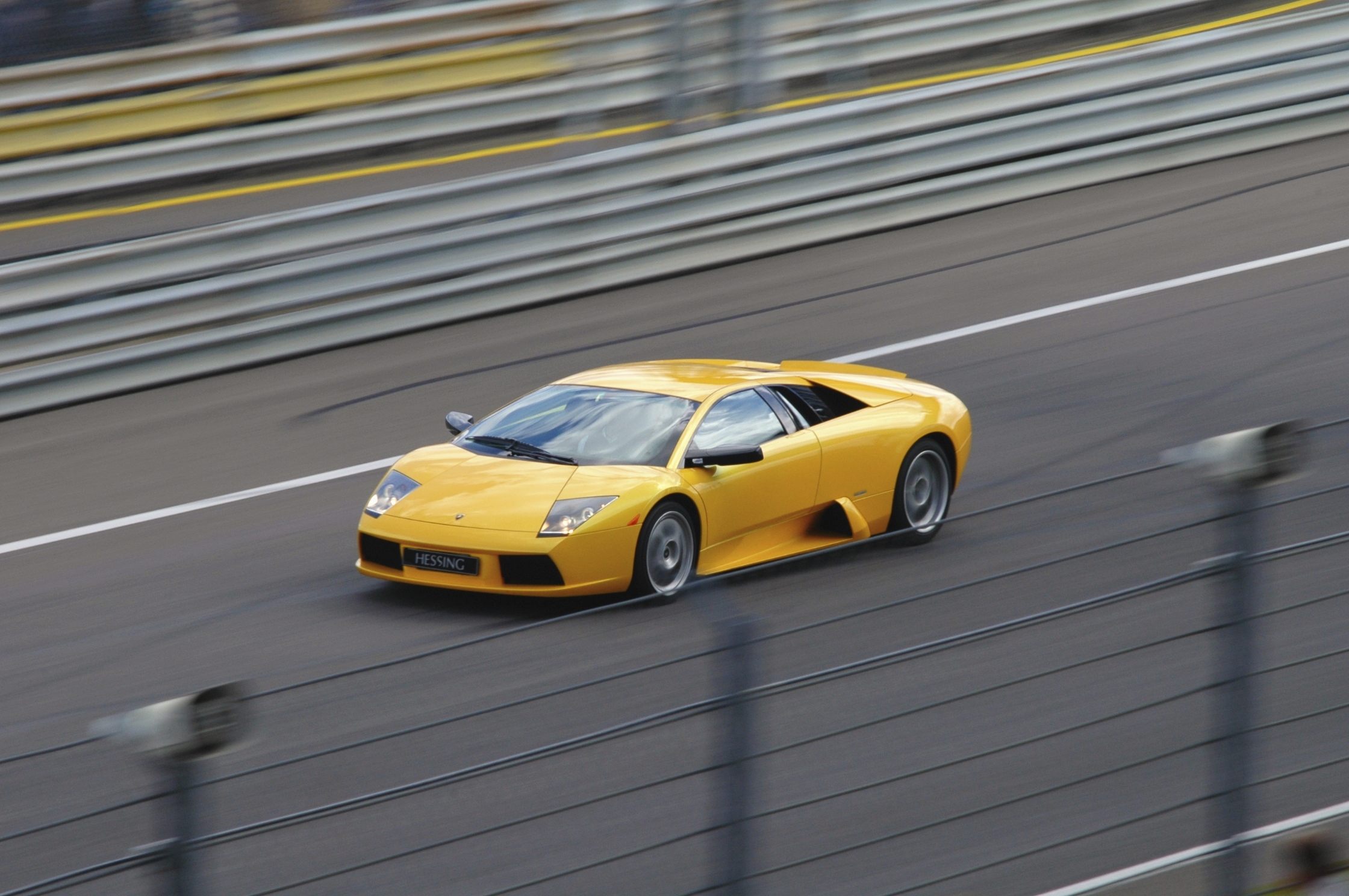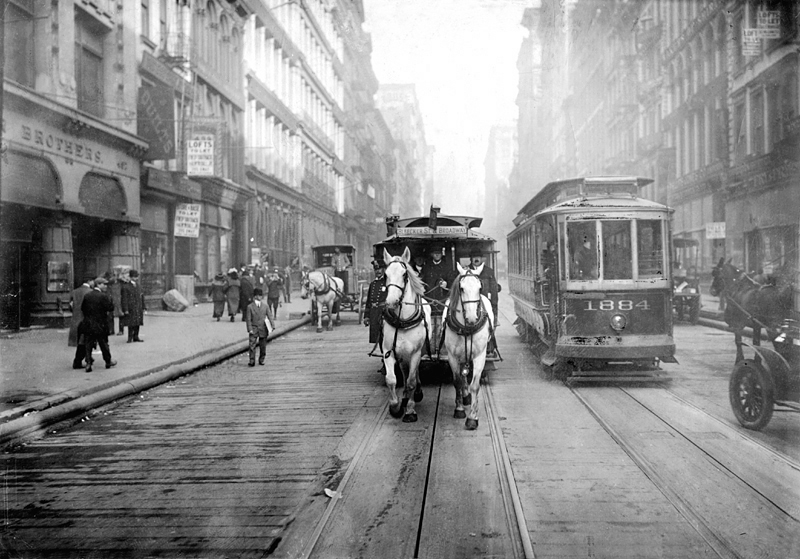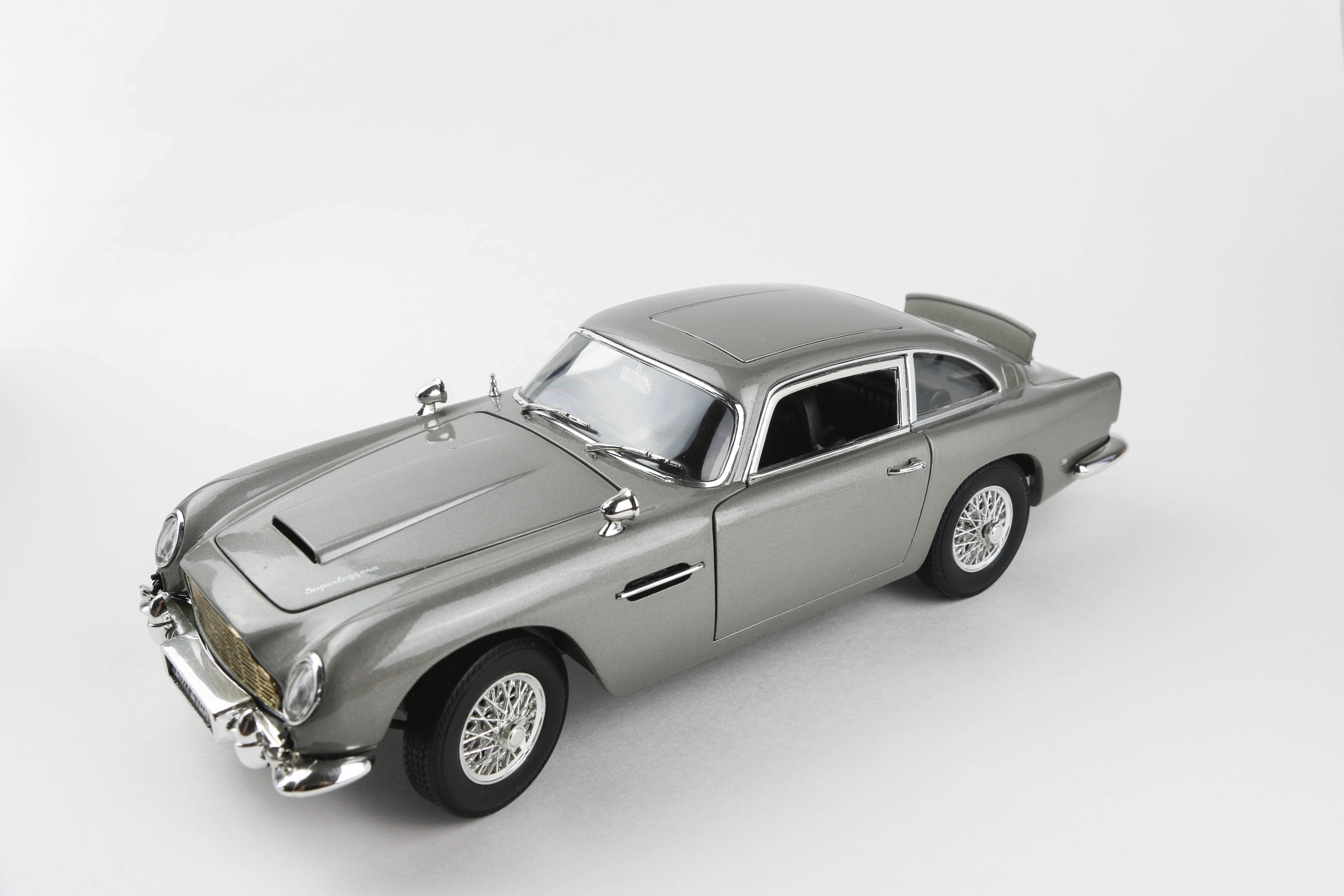How the cars of the future will transform life as we know it

We are on the verge of a transportation revolution that will lead us to cars of the future and could send today’s cars to the same fate as the horse.
The horse was the mainstay of daily life a century ago. It was the primary mode of transportation. Owning a horse was a major point of pride, and people idolized cowboys — they were the rock stars of their day. Horses were even the core of military power. Military personnel held the cavalry in high esteem, and cavalries played a role in military action from the days of the Roman Empire up to both World Wars.

It was hard to imagine that the horse would ever be replaced. But over time, a new mode of transportation replaced the horse: the car. According to Canadian online magazine The Tyee, the move from horse to car started with removing the horse from urban life, and later the farm, over a period of much less than 50 years.

The horse has gone from being the center of our livelihood to being something for hobbies and sports. The New York Times recently profiled this shift on how our society uses horses. Farmers traded in millions of horses for tractors after World War II. And although horses are still used to a limited extent in rural or remote North American farms – the Times estimates about 400,000 farms – horses have mostly been relegated to the stadium and track.

Since this shift, cars have become an integral part of our culture. They take us where we want to go when we want to. They’re a form of entertainment, and they provide pride of ownership. They’re even a form of art. Think of all the ways cars are embedded into our cultural identity.
• Formula 1, IndyCar and NASCAR have fascinated us for decades.
• The sporting event with the largest live attendance is a car race: the Indianapolis 500.
• Top Gear is a popular television show distributed all over the world.
• James Bond always looked a bit cooler when he was with his Aston Martin.
• Think of the music. Deep Purple’s “Highway Star.” The Beatles’ “Drive My Car.” Sammy Hagar’s “I Can’t Drive 55.”
Even Prince sang about the little red Corvette. He didn’t sing about the little red laptop or a little red house – it was a car.
Ward’s Automotive Reports estimates that the number of cars in the world is now at over one billion. If you put those cars end to end, they would go around the world 125 times or make six round-trips to the moon.

Except for sleeping and watching TV, many of us, especially in cities, spend more time driving than on any other single activity. According to CNN, the average daily commute in the U.S. is 45 minutes. That means Americans spend an average of 200 hours, or nearly 5 business weeks, on the road going to and from work each year.
You can see the car is ingrained in our day-to-day life, so how could the car as we know it today ever be replaced? This is exactly the question being asked about the horse over 100 years ago.
But we’re on the brink of another major transportation revolution. The cars of the future will change how we look at the car that we know and love today. Driving as we know it will become a thing of the past. We’ll no longer drive from place to place, but merely move our current activity from our stationary homes to a temporary, moveable home.
The cars of the future will have many of the amenities we enjoy today in living and family rooms, offices, kitchens and even the bedroom. To some extent, we’ll work, play, eat, sleep and entertain ourselves and our friends in these cars as we do at home.

In such a world, the high-powered driving machines of today may be destined to a life on the racetrack or in a stadium to entertain the masses, much like horses today. After being removed from cities, the driven car may be relegated (at least for a while) to rural areas as a workhorse, or shall we say “workcar,” while the cars of the future will become the new king of urban and near urban settings.
But what will change? Will the cars of the future be drab devices that lack personality? Will we have driverless machines at our beck and call on a mobile app? Will future cars derive their identities from their interior ambiance rather than their exterior shape or horsepower?
Let’s explore the possibilities.
This concludes part one of Edward Bernardon’s series of how to prepare for life with the cars of the future. In part two, he discusses how these future cars will usher in a number of new technical changes and ethical challenges we’ve never faced before — and how they aren’t as far into the future as we think.
Tell us: Do you think today’s cars will be sent to the same fate as the horse? What do you think these future cars will look like?
About the author
Edward Bernardon is vice president of strategic automotive initiatives for the Specialized Engineering Software business segment of Siemens PLM Software, a business unit of the Siemens Industry Automation Division. Bernardon joined the company when Siemens acquired Vistagy, Inc. in December, 2011. During his 17 year tenure with Vistagy, Bernardon assumed the roles of vice president of sales, and later business development for all specialized engineering software products. Prior to Vistagy, Bernardon directed the Automation and Design Technology Group at the Charles Stark Draper Laboratory, formerly the Massachusetts Institute of Technology (MIT) Instrumentation Laboratory, which developed new manufacturing processes, automated equipment and complementary design software tools. Bernardon received an engineering degree in mechanical engineering from Purdue University, and later received an M.S. from the Massachusetts Institute of Technology and an MBA from Butler University. He also holds numerous patents in the area of automated manufacturing systems, robotics and laser technologies.


